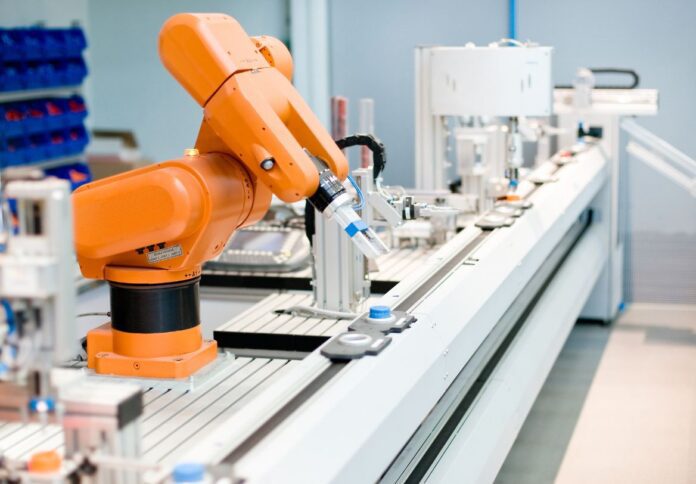
Treasurer Jim Chalmers handed down the 2022-23 Federal Budget last month, bringing with it a slew of new measures for bolstering the Australian economy in the wake of a crippling few years for many sectors. Addressing structural challenges appears a key focus of this year’s budget, with many initiatives tackling the likes of energy transition, housing affordability, skills shortages, childcare and paid parental leave.
But what does the new budget mean for manufacturing?
In short, quite a lot. Minister for Industry and Science, Ed Husic, said the Government is delivering the future of manufacturing Australians want to see. Namely, one that expands capacity and gives businesses the support they need to secure well-paid jobs for employees, resulting in a more stable capacity and workforce.
“We are delivering on the commitments we took to the Australian people to build a stronger and more resilient future,” Minister Husic said.
“We want to be a country that makes more onshore – and that means backing the businesses that are making things here and supporting manufacturing in regional Australia.”
Core to this vision is the move to reprioritise existing funding (for the Modern Manufacturing Initiative and Modern Manufacturing Fund) into a $15 billion National Reconstruction Fund. An investment that seeks to take Australia’s manufacturing ecosystem to the next level.
According Minister Husic, the new fund will deliver targeted co-investments in independently assessed projects across seven priority areas: resources; agriculture, forestry and fisheries; transport; medical science; renewables and low emission technologies; defence capability; and enabling capabilities.
“The Albanese Government wants our investments to maximise Australia’s natural and competitive strengths and this Budget demonstrates our strong commitment to do that,” Minister Husic said.
“We want to unlock the potential of projects in priority areas to capitalise on great Australian know-how.”
Aside from the $15 billion National Reconstruction Fund, other key manufacturing and industry initiatives include:
- $111.2 million to boost local manufacturing through targeted industry grants to benefit predominantly regional communities.
- $14.2 million to implement the National Rail Manufacturing Plan to stimulate the Australian rail industry by ensuring more trains are built locally.
- $6.1 million to enable Ethical Clothing Australia to support an industry-led campaign to help consumers choose ethically-sourced Australian textile, clothing and footwear products, and to help protect vulnerable workers.
- $1.6 million to work with the seafood and hospitality sectors to develop mandatory Country of Origin Labelling for seafood in hospitality that will help consumers know if the seafood they order is Australian.
At a grassroots level, specific support measures include:
- $50 million to upgrade the Nyrstar Hobart zinc smelter in Tasmania.
- $17.2 million to establish a pilot Food Manufacturing Innovation Hub on the Central Coast of New South Wales.
- $12.6 million to support Cytiva’s Springfield BioPark project in Ipswich, Queensland.
- $11.1 million to support upgrades to Ingham’s Sorell poultry facility in Tasmania.
- $10.1 million to support Flinders University’s Factory of the Future in South Australia.
- $6.1 million to upgrade the Waverley Wool Mill in Launceston, Tasmania.
- $2.1 million to support a feasibility study to replace the coal-fired boiler at the Norske Skog Boyer mill in Tasmania.
- $2.1 million to support an expansion of the Costa Group berry distribution centre in East Devonport, Tasmania.
For small-to-medium manufacturers, this budget paves a more robust and stable path forward for our industry. One that endeavours to see more support for local production, with a greater focus on keeping well-running capabilities and facilities on home soil.
All Federal Budget details for October 2022 – 23 can be found here.




















